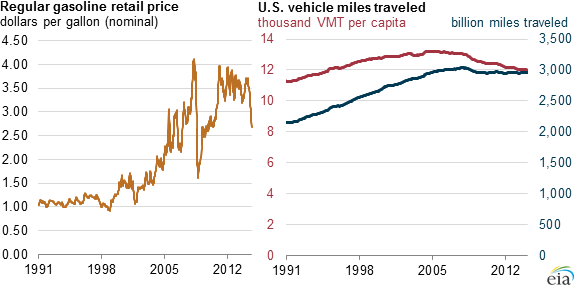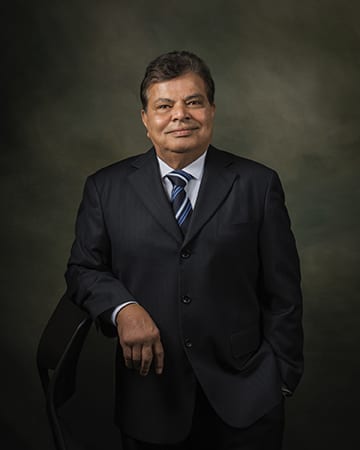Gas prices tend to rise at Memorial Day for complex reasons
 Why is it that gas prices always seem to go up in the spring and peak at Memorial Day?
Why is it that gas prices always seem to go up in the spring and peak at Memorial Day?
Seasonal demand is part of the reason, as vacationers hit the road, but there are other reasons, too.
“In six of the past 15 years (40% of the time), the seasonal peak took place between May 9 and May 24,” according to The Association for Convenience and Fuel Retailing, known as NACS.
Crude oil prices are a factor, but so is how the crude oil is processed, <a href=”http://www.nacsonline.com/YourBusiness/FuelsReports/2015/Prices/Pages/Why-Prices-Historically-Go-Up-in-the-Spring.aspx”>according to NACS</a>. Because demand is lower in January and February, that’s when many refineries performance maintenance, or a “turnaround.” The maintenance involves a partial or total shutdown and so must be planned a year or two in advance – so even if demand is suddenly high during that period, the shutdown proceeds as normal. Prices can rise as a result.
The petroleum industry switches to summer-blend fuels each spring, according to NACS. While winter blends evaporate more easily and allow cars to start better when it’s cold, the same fuel would lead to more emissions and smog in the summer. So according to the Clean Air Act, many urban areas are required to use reformulated gas to cut down on pollution. With state and regional requirements, 14 different formulas are required in the summer, meaning refineries have to make enough of them to guarantee supplies. To add to the pressure on prices, production of summer-blend fuel is more expensive for multiple reasons.
Stores must switch to summer gas formulas by June 1 in most areas, but some must begin earlier. Meanwhile, demand increases starting in February and peaking in August. So Memorial Day isn’t driving prices by itself, but demand still “creates enormous pressure on the system and makes it extremely vulnerable to supply disruptions,” NACS reports.
So the next time someone blames Memorial Day for higher spring gas prices, the simplest response might be: It’s complicated.
Lower prices may not mean more driving
Despite recent falls in gas prices, and any habitual increase this spring, you may not see much difference in the number of cars on the road.
Prices have little effect on demand for travel by automobile, according to the U.S. Energy Information Administration.
Air travel can be highly elastic in terms of response to prices; a 10 percent increase in ticket cost may lead to a more than 10 percent decrease in the amount of air travel, EIA says.
But it would take a massive 25 to 50 percent decrease in gas prices to raise car travel 1 percent. That means very low elasticity. Price elasticity was higher in the mid-1990s, so that a 12 percent drop in gas prices could increase car travel by 1 percent.
Other factors are at play, including demand and demographics, EIA reports. For instance, as the Baby Boomers retire, there may be fewer people driving, because retirees tend to drive less than those still in the workforce. Urban residents tend to drive less, and population has migrated to urban areas. And licensing rates for teens are down as young people delay getting permits and licenses.





